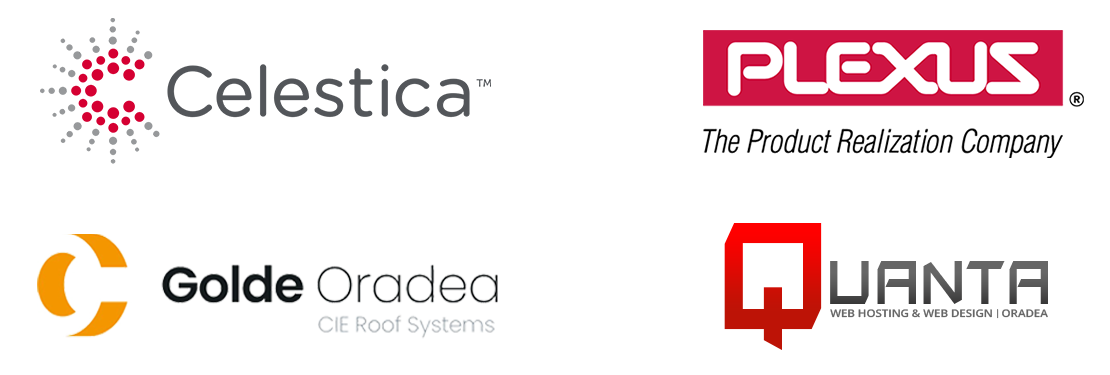Line Follower Enhanced is one of the most complex robot categories at Robotics Championship! Every year we try to add more complexity to this category. Obstacles, intersecting and interrupting lines, ramps, colors and object manipulation are just a few of the features participants will have to face at this category!
1. General aspects
Teams participate with a prebuilt autonomous robots which follows either a black line on a white surface or white line on a black surface. Robot must be able to detect a particular line and keep following it. Robots must have also a means of manipulating objects as specified in the regulations. This category as well as all other categories comply with the Robotics Championship Fair Play Standard (RCFPS) specified in the terms and conditions presented during registration.
2. Robot specifications
2.1. Autonomy
The robot must be fully autonomous, with one exception: one verified start stop module is allowed as long as it is controlled by the referee. The robot must be completely autonomous after passing the Start Line; if it is not, it will be disqualified.
2.2. Means of manipulating objects
The robot must be equipped with a device that can manipulate an object. In other words, move an object from one point to another on the track. The functionality of the device will be checked during the technical inspection by placing the robot on the track and testing its capacity to identify and manipulate an object. A few examples are shown below in figure 1.

Fig. 1 Object manipulation device
2.3. Size and Weight Limits
The maximum size of a robot is 25 x 25 cm, the maximum weight is 0.6 kg. Dimensional and weight limits for robots shall be strictly enforced. Robots must have passed inspection prior to competing.
3. The Track
We consider Line Follower Enhanced one of the most challenging Line Follower Style robot competitions. Every year we challenge our participants with the most difficult tasks! For the 10th edition of Robotics Championship we have implemented a few features present the games organized by the International Robot Olympiad Committee. (see more at
https://www.iroc.org/2018-rules-1 )
3.1. Line Specification
| - The line shall be black, 15 mm wide. There may be crossovers (e.g. places where the line - crosses itself). |
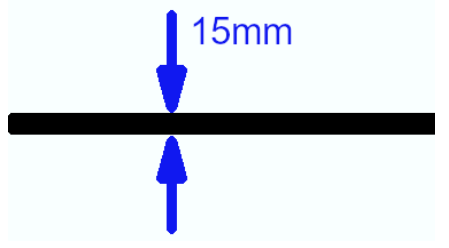 |
| - The closest approach of the line to the edges of the arena shall not be less than 15 cm, measured from the center of the line. |
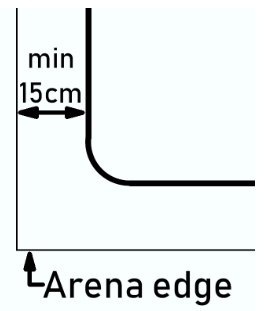 |
| - There shall be a start / finish line. |
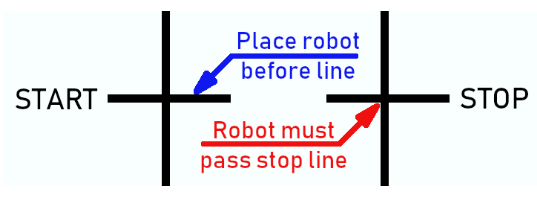 |
| - The minimal curve radius is 7.5 cm. |
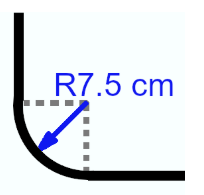 |
| - Sharp angles may occur, but will not be smaller than 90°. |
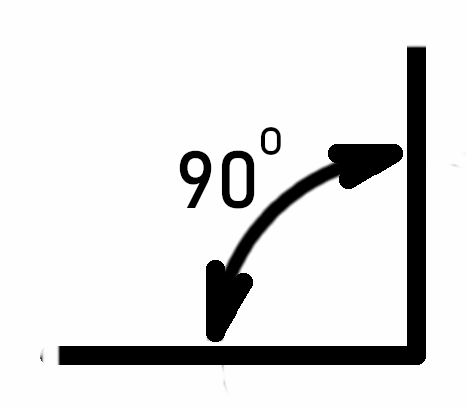 |
| - Interrupted line may occur but only on a straight line. |
 |
| - Colored regions on the track. Size will be 15x15cm. Possible colors will be: Green, Red, Yellow, Blue. |
 |
3.2. Track components
- An obstacle may be on the track, which the robot must avoid. Touching the obstacle will be penalized with 10 seconds. The obstacle will be 190x90x90mm in size.
- There will be a ramp that the robot will have to cross once during the trial. The ramp concept is shown in figure 2.


Fig. 2 Robot moving over ramp.
- There will be objects that will need moving from point A to point B.
- The objects will be cube shaped and there will be two standard sizes. First size standard is 2.5cm x 2.5cm x 2.5cm (W*L*H, ±10%), 10g(±10%). Second size standard is 10Cm*10Cm*10Cm.
- The position of the colored cubes will be known only on the competition day. Possible colors will be: Green, Red, Yellow, Blue.
- The track layout will be known only in the competition day.
- The position of the gate, obstacle and ramp will be known only on the competition day.
An example of a possible track is shown in figure 3. Actual track will be different for the competition.
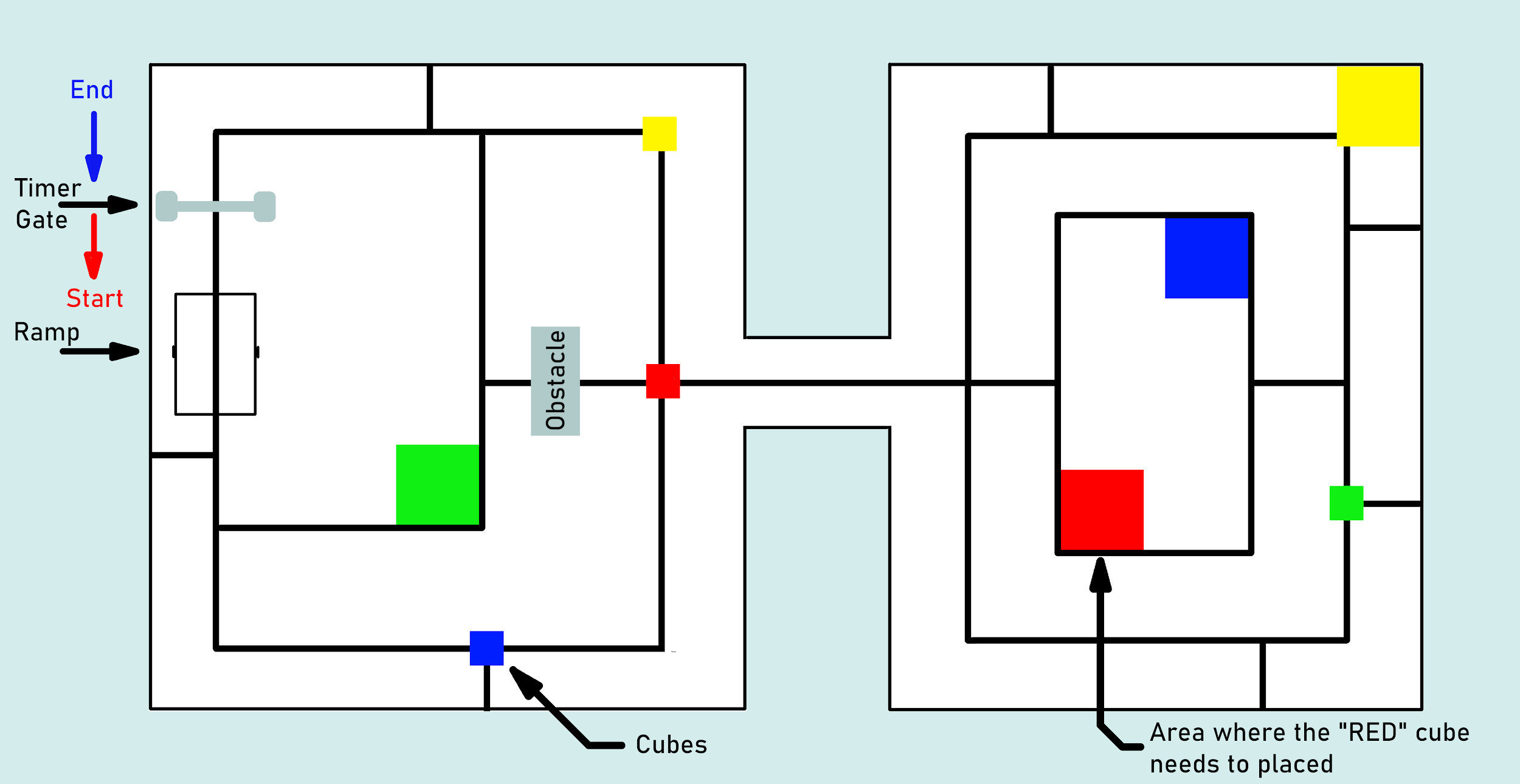
Fig. 3 Track layout example.
4. Technical inspection
Before the competition, the robot must pass the technical inspection.
4.1. The maximum dimensions are 25x25cm will be measured with the manipulation device extended in front of the robot.
4.2. The maximum weight is 0.6kg.
4.3. The robot will have to be capable of making an entire lap around the track. For technical inspection the robot must complete one lap of the track.
4.4. The wheels of the robot and other parts that are in contact with the track must NOT be able to pick up and hold a standard paper A4 (80g/cm2) more than 2 seconds.
4.5. The functionality of the manipulating device together with the color sensor will be checked during the technical inspection by placing on the track and testing it’s capacity to identify and manipulate an object.
4.6. If robot does not recognize the color of cubes (object of manipulation) or destination, it will be disqualified.
.4.7. Final check of the technical inspection will consist of making an entire lap around the track with the robot, there will be 3 attempts allowed for this.
5. Time
Time is critical, and Line Follower Enhanced is a competition of lightning fast robots where every fraction of a second matters!
5.1. Time measured on the track
Time for each robot is measured from the moment of passing the start line until passing the finish line. It is considered that the robot finishes when the farthest point of it passes the line. The time is measured using an electronic gate (or a judge with a stopwatch in some cases). The shortest time of each team is taken into account regardless of the number of tries. During the competition each team will be called by the referee according to registration order. The number of tries are limited only by the time allocated for the Line Follower Enhanced category.
5.2. Time Limit
Each robot has a maximum 3 minutes to finish the track by trial. The robot can do an unlimited number of trials in the time given by the organizer. The time for the whole contest is given according to the number of participants. The category lasts around 3 hours (depending on the number of participants) with possibilities for extensions announced by the referee.
6. Scoring
6.1 A participant scores points according to the number of successes. The points per each task will be announced on the competition day.
6.2. Ranking is done taking into account factors such as task points, time record, penalties and so on.
6.3. Time record is based on the measuring instruments or referee’s timer. (If you are declared as TKO or Robot stop by referee, time record will not be accepted as final score.)
6.4. The final score considered will be the best score out of all rounds played.
6.5. Standard of scoring system is based on quantitative standard: timekeeping, distance record and the number of objects placed in the right position.
6.6. Order of priority of the result Ex) Scores > Time record > Compare the time result.
6.7. Order of priority according to rounds If result is same, winner will be decided after comparing the result of another rounds.
6.8. Order of priority according to Tie-Breaker Better score out of 1st and 2nd round will be accepted as final point, but if tied, player with better results in the 1st round will win the game.










